With 400 neighbors expected for Thanksgiving dinner this year, Pastor Rob Mueller faced two challenges—keeping the guests warm and the food hot.
San Antonio temperatures were forecast to dip into the low 50s, and the outdoor basketball court of Divine Redeemer Presbyterian Church was the only space large enough to accommodate the gathering. As for the turkey and trimmings, “our kitchen has one stove, and the electrical system is so limited that we have to put two roasters in the sanctuary, a couple more in the fellowship hall and one in the nursery,” explains Mueller. Otherwise? “We blow fuses.”
Founded by refugees escaping the Mexican Civil War a century ago, Divine Redeemer Church continues to offer bilingual programming to Latino families seven days a week. Other activities include an inner-city scout troop, a 12-step recovery program, an outreach to teens, two weeks of summer camp and as many as 20,000 meals served annually.
“The wear and tear on the building over the years has been substantial,” says Mueller. Equally substantial have been cost estimates to rehabilitate the historic structure: $750,000 would bring it up to code, and $2.5 million would support a full restoration and enclose the basketball court. When Mueller urged the congregation to consider a capital campaign to raise the larger amount, he admits that “a lot of people thought I had lost my mind.”
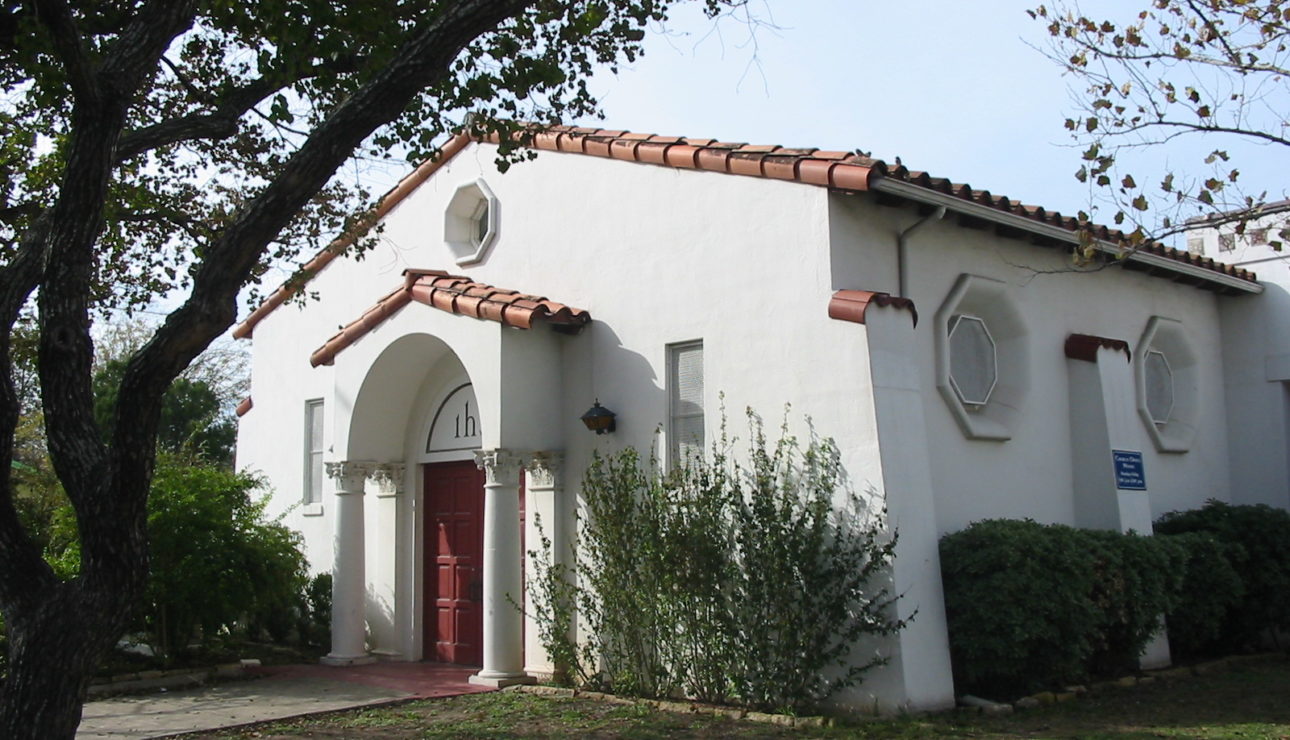
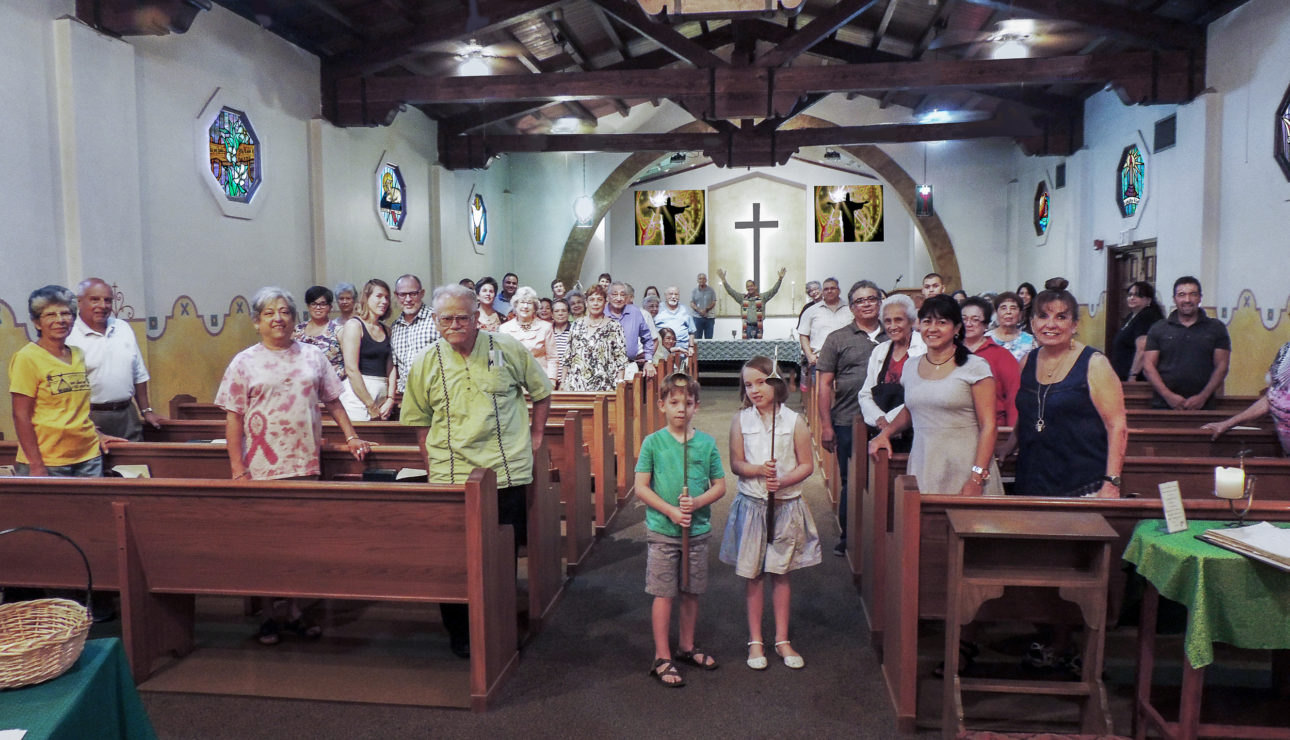
Two years and many meetings later, fundraising progress has exceeded expectations. “We have now reached $1.3 million in pledges, including $500,000 from the city of San Antonio and $250,000 from the county, so we are past halfway,” he says. “People who were doubtful are saying, ‘My gosh, this might happen! We might actually have a functioning air-conditioning system, a roof that doesn’t leak, windows that are water-sealed and a stable foundation!’ We hope to have the entire $2.5 million raised or pledged by next fall, and I’m about 95 percent confident that we can pull it off.”
The magnet effect
Mueller credits the National Fund—a collaboration of Partners for Sacred Places and the National Trust for Historic Preservation—as the catalyst for his congregation’s campaign success. Launched in 2016 with Endowment grants totaling $14 million, the National Fund offers training, technical assistance, coaching, and implementation grants to faith communities embarking on church restoration efforts. The goal: help congregations strengthen their physical plants, thrive in ministry to the faithful and serve the neighborhoods they call home.
Competition for inclusion in the program is rigorous, and scores of churches apply annually for slots. To date the Fund has supported 44 projects in 29 states. These represent 19 denominations that range from Mainline Protestant to Roman Catholic to Russian and Greek Orthodox. Among criteria for selection are an iconic physical structure, visionary church leadership, an ability to raise the required matching funds and a commitment to neighborhood engagement.
“We look at all the ways a church brings value to its home community,” says Robert Jaeger, president and co-founder of Partners for Sacred Places. Of particular interest are churches that have a “magnet effect” on local residents. This is Jaeger’s term for a congregation’s capacity to attract neighbors who benefit from the church’s outreach ministries, but may not occupy its pews on Sunday morning. Several grant recipients are urban congregations—San Antonio’s Divine Redeemer among them—that have experienced a decline in membership or considered relocating to the suburbs but made conscious decisions to stay and have a positive impact on their surroundings.
Saving grace
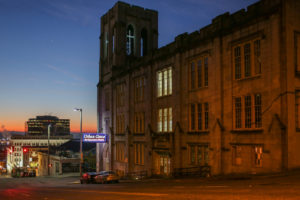
Urban Grace Church
“We’re one of the few churches to stick it out downtown,” says the Rev. Ben Robinson, pastor of Urban Grace Church, a 1924 Gothic Revival structure in Tacoma, Wash. Once home to a Baptist congregation of 2,300 people, the church almost closed its doors at the beginning of this century when membership dipped to double digits. Instead of shutting down, volunteers assembled a meeting of pastors from various denominations and asked, “What does downtown Tacoma need in a church?” Their answer was creative and challenging. “They came up with the model for Urban Grace,” explains Robinson, who joined the staff in 2013. He describes the church as independent, ecumenical, open and progressive. “We focus on meeting the needs of persons that society has marginalized. We’re a place where folks who haven’t felt entirely welcome in a church feel at home.”
Capitalizing on its central location and sprawling size, Urban Grace has made its empty office space available to more than a dozen nonprofit arts and service organizations. Occupancy is near capacity, and the building’s 900-seat auditorium serves as the setting for Tacoma Youth Symphony concerts and reading programs co-sponsored with the public schools, as well as lectures, forums and social events. A weekly breakfast is a 30-year church tradition that reaches out to the city’s homeless population and residents of a nearby rent-subsidized housing complex.
As traffic in and out of the building has increased, so has worship attendance. When church leaders began planning a fundraising campaign to address the structure’s pressing maintenance needs, “we thought the most we could raise was $350,000,” recalls Robinson. A grant from the National Fund supported a feasibility study and offered training in how to tell the church’s story in ways to attract support from persons outside the membership. “A big part of our message was, ‘Look at the significant things that are happening on this corner of downtown Tacoma,’” says Robinson. Regional foundations, a historical society, new partners and old friends responded with pledges nearing $1 million.
Restoration work has begun, and momentum continues to build, sparked by a front-page story in the local newspaper. “This isn’t just about our church,” says Robinson. “People understand that when they invest in the future of Urban Grace, they’re not just giving to a congregation. They’re giving to the entire community.”
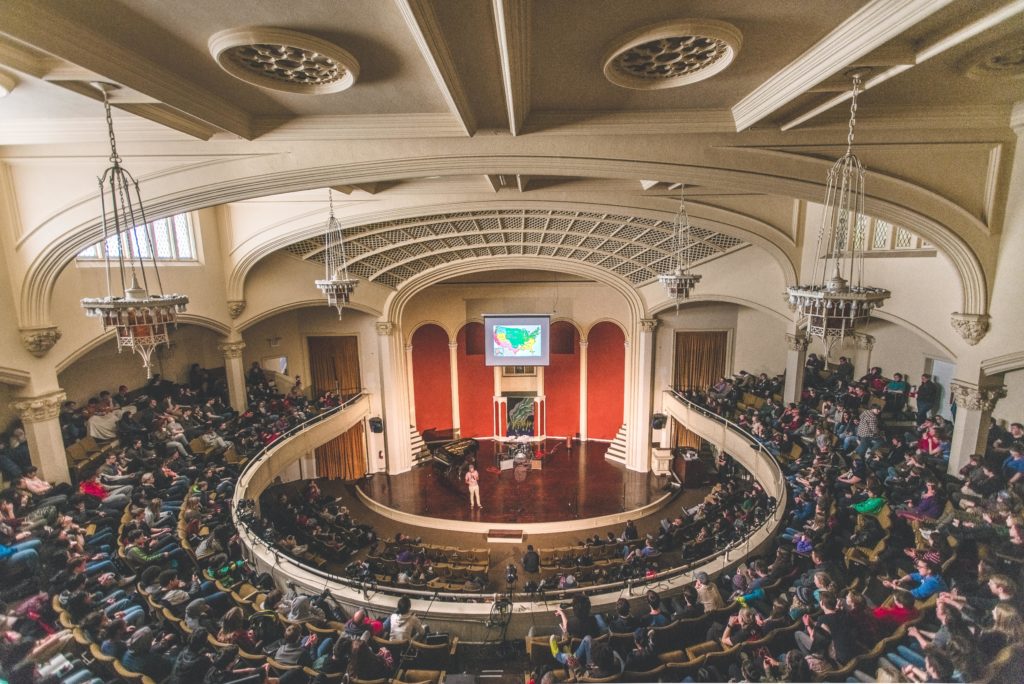
Interior of Urban Grace Church
In the company of colleagues
Both Divine Redeemer Presbyterian Church and Urban Grace Church were among the 14 congregations that comprised the National Fund’s first cohort of grantees in 2016-17. Teams representing the grantees met for two days of training in Fort Worth, Texas, that included tips on expanding the use of their iconic structures, communicating their churches’ value to the greater community, and planning and executing capital funds campaigns. As helpful as the information was, equally beneficial was the candid conversations among the teams. “They made connections and learned from each other,” says Chad Martin, director of the National Fund. “We find that historic congregations that have significant or complicated buildings often feel very alone. The cohort model is beneficial because teams leave the sessions knowing that a dozen other congregations are wrestling with the same issues that they’re facing.”
Program participants were made aware of the assistance available to them from Partners for Sacred Places, the National Trust for Historic Preservation and the National Fund. “We try not to step in and tell a congregation what to do or how to do it,” emphasizes Martin.
“We provide services to help make the project a success. Our role is to offer advice and act as coach and cheerleader. We don’t drive the process, but if a grantee asks for help with a problem, we respond.”
As an example, another member of the first cohort—Trinity United Methodist Church in Idaho Falls, Idaho—needed guidance on identifying potential donors outside the congregation. The Trinity team had done the math, and the results were “scary,” according to Nancy Stewart, chair of the church trustees. Restoring their 1917 Tudor Gothic building was estimated to cost a staggering $650,000. The National Fund had made a grant for $190,000, but the 270-member congregation still had to raise $460,000. Staff from Partners for Sacred Places recognized the challenge and offered “clear guidelines on the people we should approach,” says Trinity’s pastor, the Rev. Ruth Marsh. “Then they gave us hints about how much to ask for.”
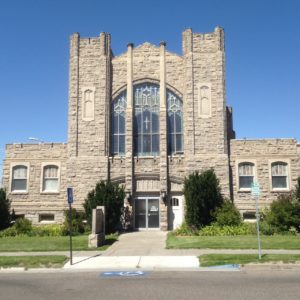
Trinity United Methodist Church
She remembers calling on the owner of a funeral home located a block from the church. “When he asked me what size donation would be appropriate, I looked at my guidelines and suggested $1,000. He reached for his checkbook and said, ‘How about $5,000?’ I think I smiled all the way home.” Encouraged by that generosity, she and Nancy Stewart created a list of prospective donors and began setting up appointments. In retrospect, Marsh says, “Sometimes a pastor beats her head against the wall wondering, ‘Do we make a difference in this community?’ It turns out, we do.”
Opening doors, nourishing souls
After congregational teams return from training, they host preservation and fundraising experts from Partners for Sacred Places who assess the sites and share ideas about the projects. Restoration needs are diverse and often are linked to the churches’ locations. Among the most isolated grantees has been Holy Ascension of Our Lord Cathedral, an 1896 structure that serves a small Russian Orthodox congregation on the Aleutian island of Unalaska.
“It’s a beautiful, historic building, filled with religious icons,” says the National Fund’s Chad Martin. Because of the church’s age and wood-frame construction, safety is an ongoing concern. An implementation grant is in the works, and Martin says part of the funds will “likely be used to defray the cost of a fire-suppression system.”
Location also has defined the needs of Lutheran Church of the Reformation, which joined Holy Ascension Cathedral as part of the National Fund’s second cohort of grantees. The 1934 Art Deco structure is within steps of the U.S. Supreme Court and Library of Congress in Washington, D.C., a location “that has brought a lot of opportunity for ministry,” says the Rev. Michael Wilker, senior pastor.
“We’re at a transition point between where civil servants work and 50,000 neighbors live.”
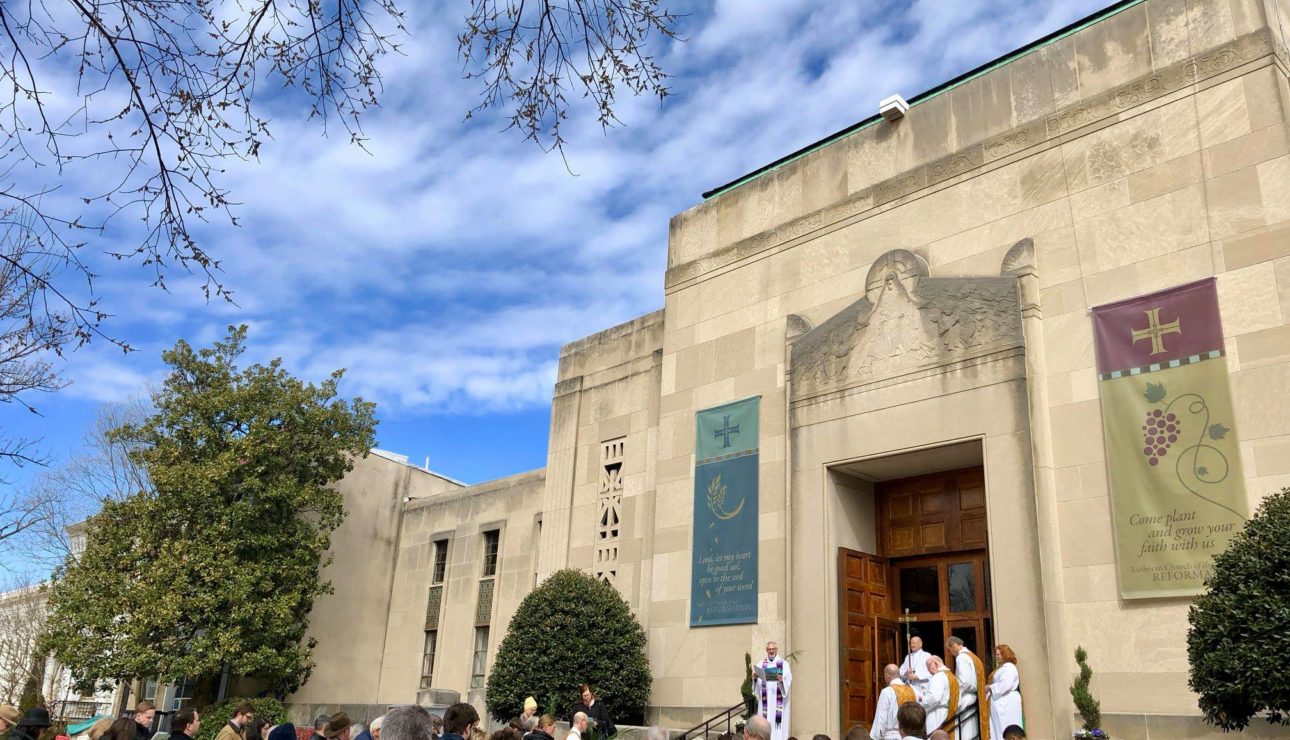
With a sanctuary that seats 450, the church is the largest privately owned gathering space on Capitol Hill. It has a long history of opening its rooms to groups preparing to petition the government on a variety of social, legislative and religious issues. Its hospitality is legendary, and for several years it has shared its worship space with a Jewish congregation and recently made classrooms available to the synagogue’s preschool program. Prior to receiving a National Fund grant for $250,000, the church conducted a “listening campaign” to learn the community’s priorities for improvements that would communicate the building’s ecumenical mission.
“One of the things that came up was a desire to redesign the front plaza to make it more attractive, welcoming and usable,” says Wilker. This led to the decision to add glass doors to the front of the sanctuary so the massive wooden doors—beautiful but intimidating—could remain open during the day. Neighbors passing by no longer see a barrier, but instead encounter an inviting space open to all. Appropriately, the church calls its restoration campaign “Opening Doors, Nourishing Souls, Praising God.”
Related News
August 7, 2019
Lilly Endowment invests an additional $15 million to Partners for Sacred Places and the National Trust for Historic Preservation to extend the National Fund for Sacred Places, furthering its commitment to supporting congregations and preserving significant portions of America’s religious and cultural landscape. Read news release.
The National Fund, launched in 2016, is a collaboration of Partners for Sacred Places and the National Trust for Historic Preservation. The National Fund offers training, technical assistance, coaching, and implementation grants to faith communities embarking on church restoration efforts.